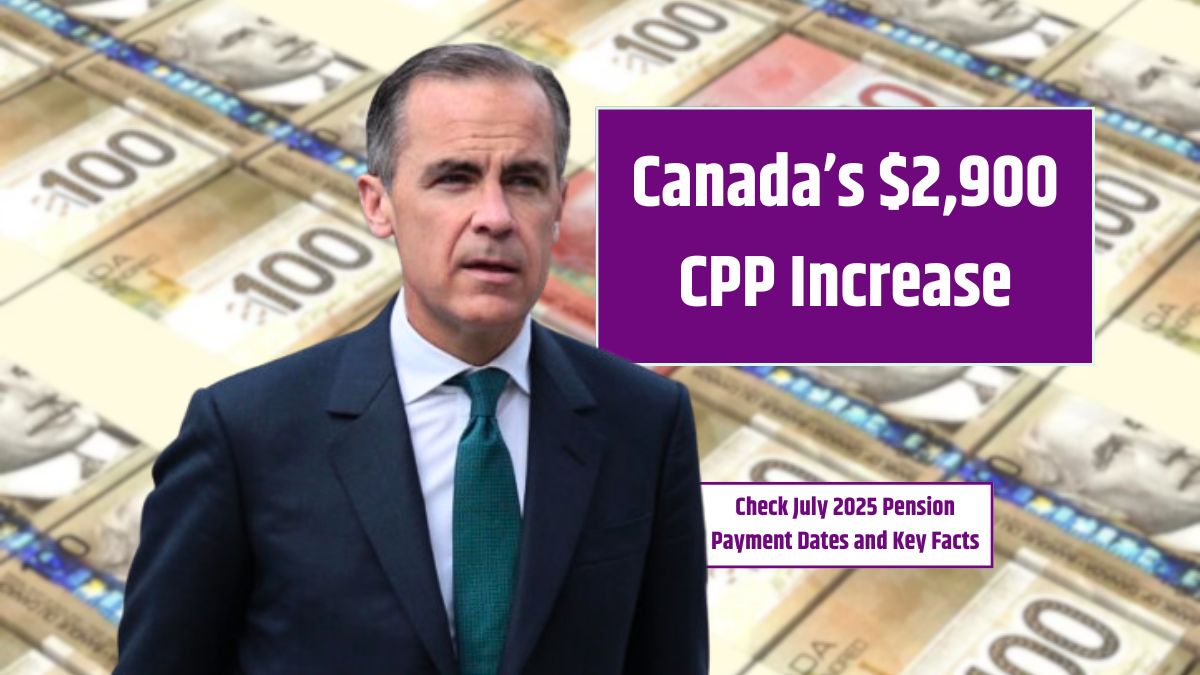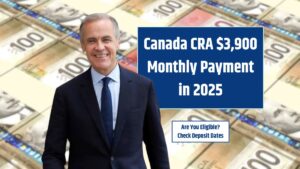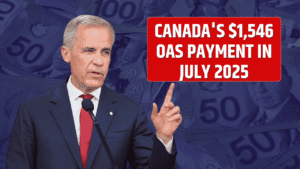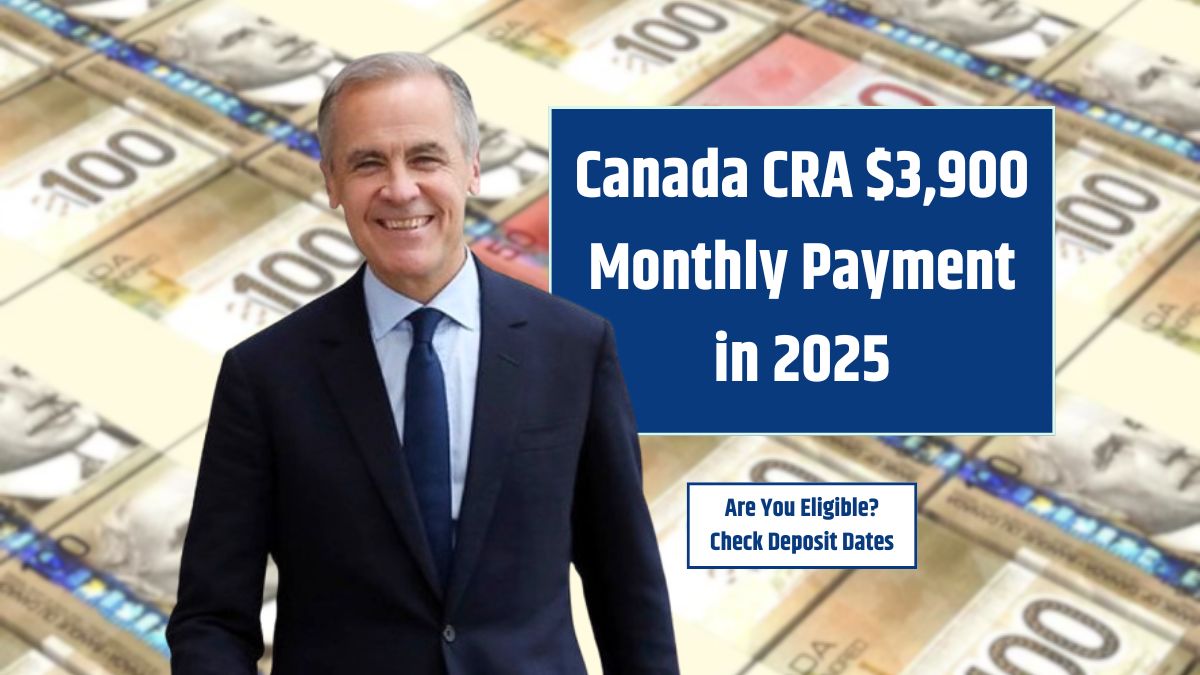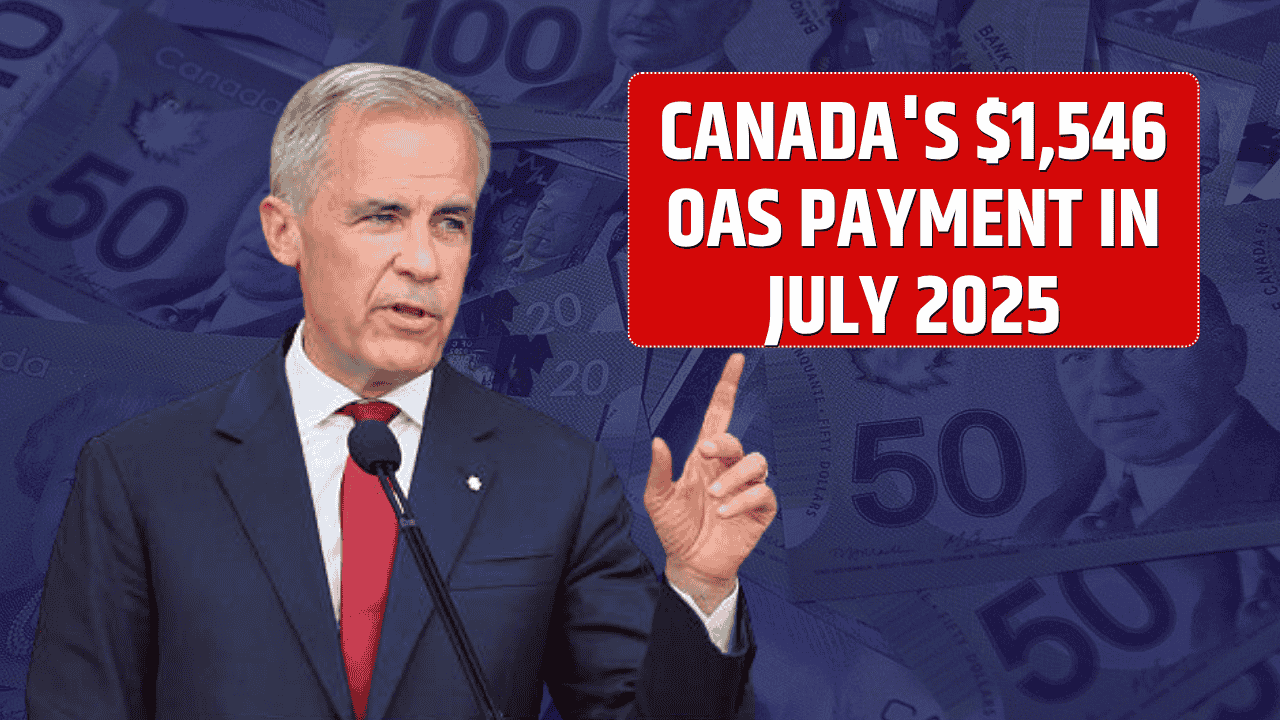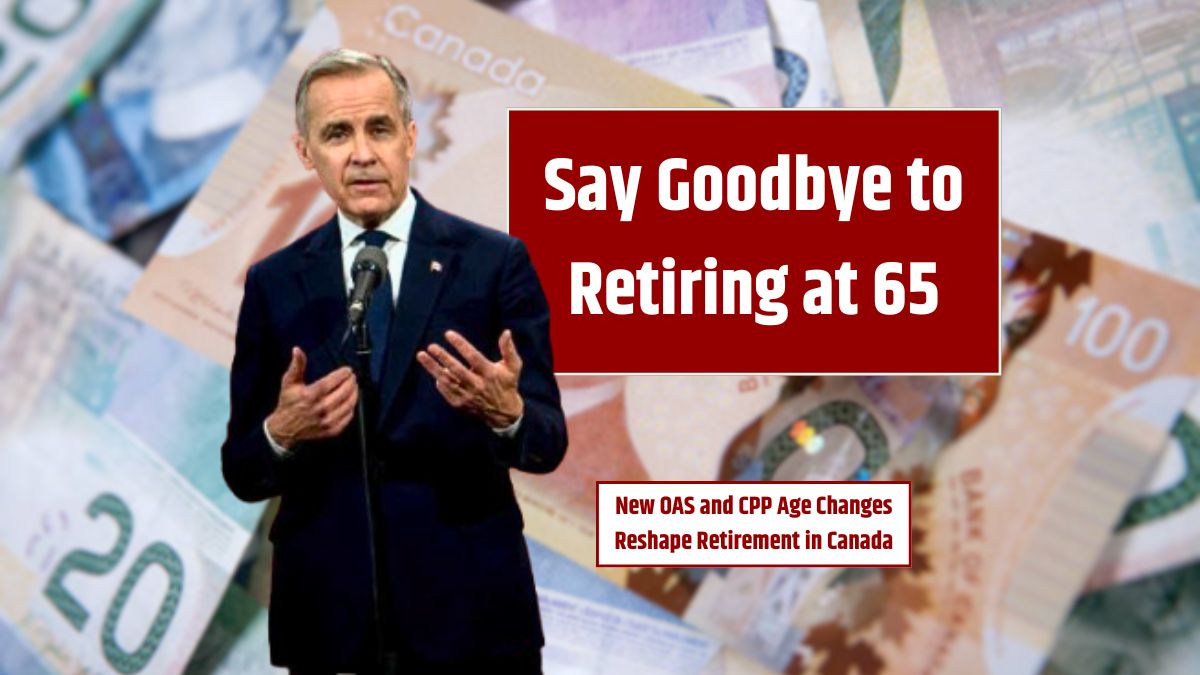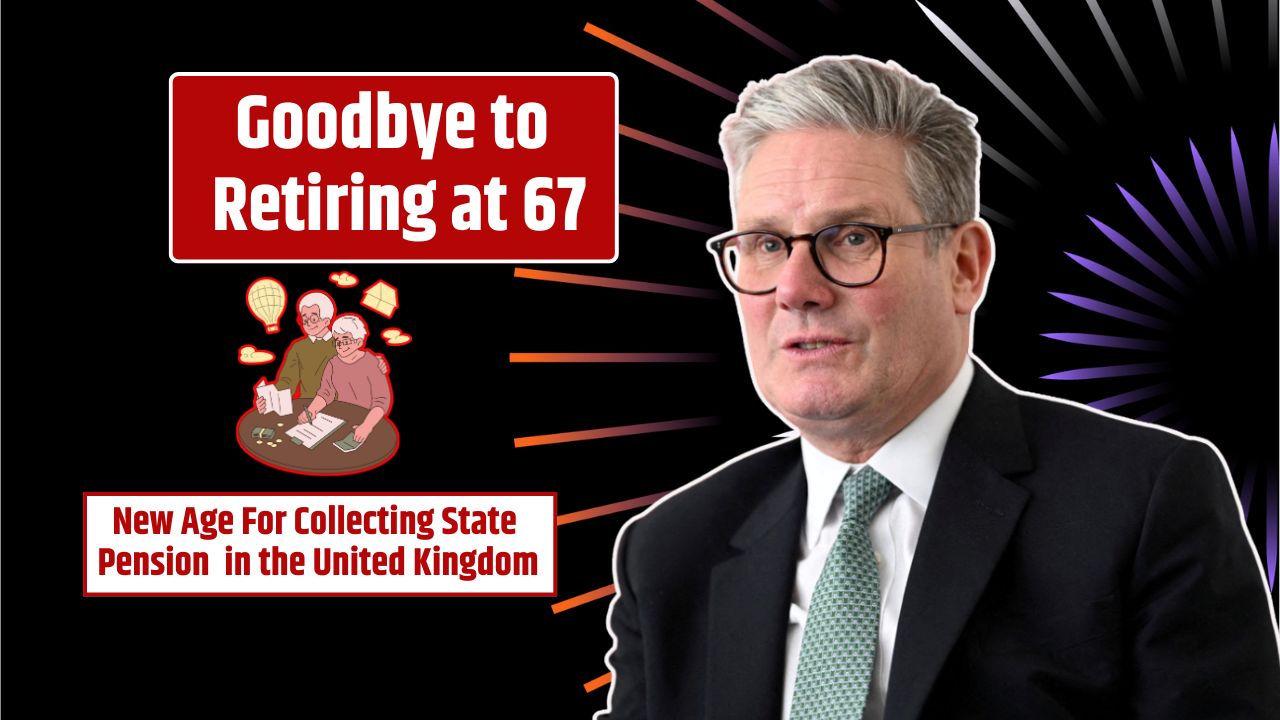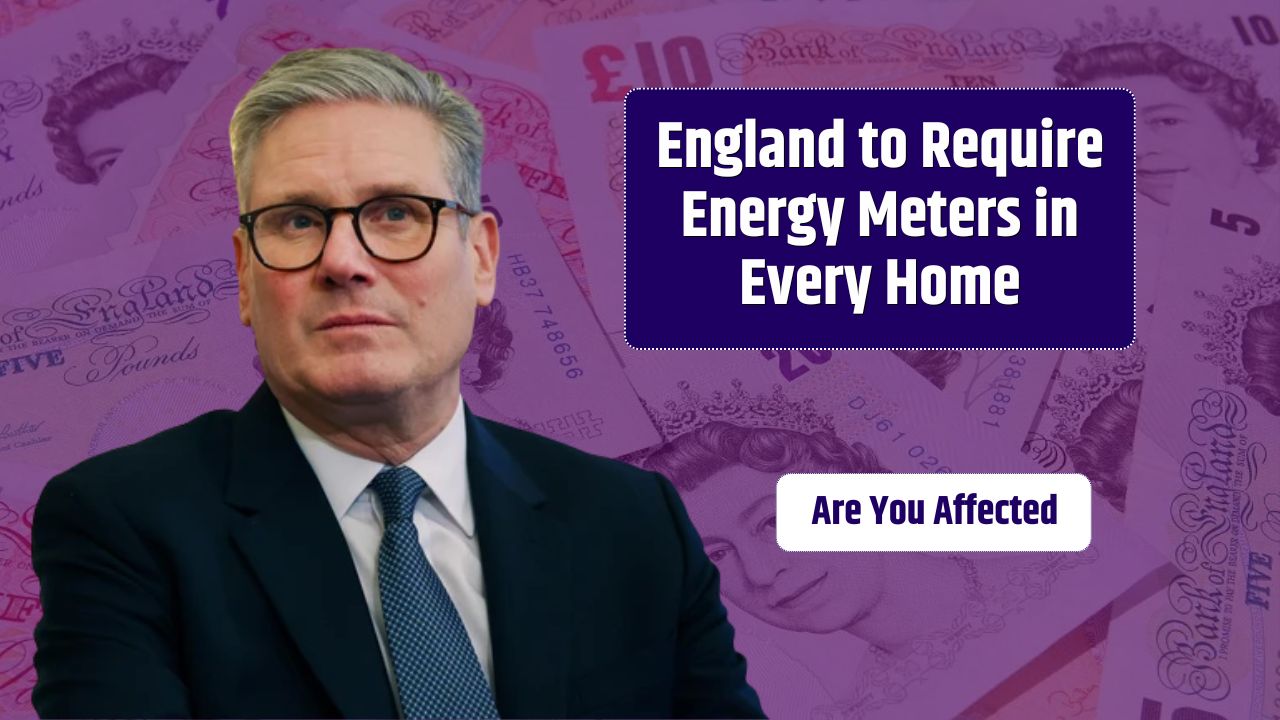If you’ve seen headlines about a “$2,900 CPP increase,” you might be expecting a massive boost to your Canada Pension Plan benefits. But here’s the reality: the $2,900 figure refers to the combined value of federal retirement benefits available to eligible seniors — not a CPP boost alone. This article clears the confusion and shows you how you might reach that monthly amount with a smart combination of programs.
Table of Contents
Breakdown
Let’s take a closer look at the actual numbers behind the $2,900 talk:
| Benefit | Monthly Maximum (2025) |
|---|---|
| Canada Pension Plan | $1,433.00 |
| Old Age Security | $800.44 (Age 75+) |
| Guaranteed Income Supplement | ~$600+ (based on income) |
| Combined Total | ~$2,900 |
So while CPP on its own doesn’t give you $2,900, when you add in OAS and GIS, some retirees can get that much — especially low-income seniors over age 75.
CPP Payment Date – July 2025
For July, your CPP payment will be deposited on:
Monday, July 28, 2025
Make sure your banking info is up to date with Service Canada so there’s no delay.
How CPP Actually Works
CPP is a monthly retirement pension based on how much and how long you contributed while working.
To qualify, you must:
- Be at least 60 years old
- Have made at least one valid CPP contribution
The amount you receive depends on:
- How much you earned while working
- How long you contributed
- When you start your pension (starting early reduces your monthly amount, delaying increases it)
For example, if you contributed the maximum amount for 39+ years and start collecting at 65, you could get $1,433/month in 2025.
What’s the CPP Enhancement?
The CPP enhancement is a gradual increase to the plan that started in 2019. Here’s what’s changed:
- Income replacement increases from 25% to 33.33%
- Contribution rates have risen slightly
- Maximum pensionable earnings cap is now $71,300 (plus a second tier from $71,300–$81,200)
These changes mean future retirees will get more CPP if they contribute at these higher levels.
What About OAS and GIS?
You’ll automatically receive this if you:
- Are 65 or older
- Have lived in Canada for at least 10 years (after turning 18)
As of 2025:
- If you’re 75 or older, the max OAS is $800.44/month
- Under 75? You’ll receive slightly less (~$713/month)
GIS (Guaranteed Income Supplement)
For low-income seniors, GIS adds a monthly top-up. You must apply, and your eligibility depends on your annual income.
If your income (excluding OAS) is under ~$21,000 (single), you may qualify for the maximum GIS, bringing you closer to that $2,900 figure.
How to Apply for These Benefits
Here’s how you can get started:
Step 1
Visit My Service Canada
Step 2
You can apply as early as age 60 or delay up to age 70. Delaying adds 0.7% per month, or 8.4% per year.
Step 3
You must apply every year for GIS. It’s income-tested and based on your last tax return.
Tips to Maximize Retirement Income
- Delay CPP if possible – Waiting until 70 increases your pension by up to 42%
- Avoid GIS clawbacks – Structure RRSP withdrawals carefully
- Use a TFSA – TFSA withdrawals don’t count as income for GIS purposes
- Check your contributions – Make sure your CPP Record of Earnings is accurate via My Service Canada
Mistakes to Avoid
- Thinking CPP is automatic – It’s not. You must apply.
- Not applying for GIS – Many low-income seniors miss out because they don’t realize they qualify.
- Taking CPP too early – Taking it at 60 could reduce your monthly amount by up to 36% for life.
FAQs
Is the $2,900 all from CPP?
No, it’s a combined total of CPP, OAS, and GIS benefits.
When is the July 2025 CPP payment?
It will be deposited on July 28, 2025.
Do I have to apply for CPP?
Yes, CPP is not automatic. You must apply through Service Canada.
What’s the max CPP in 2025?
The maximum monthly CPP at age 65 is $1,433.00.
Can I delay CPP for more money?
Yes, delaying increases your benefit up to 42% more by age 70.

